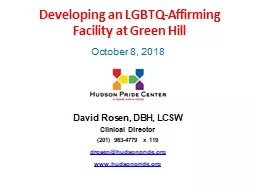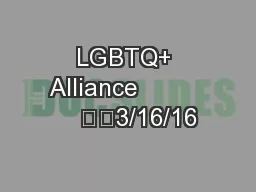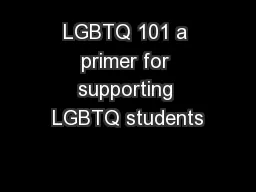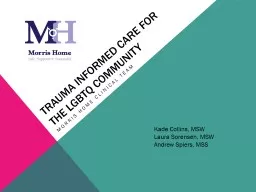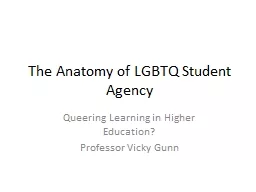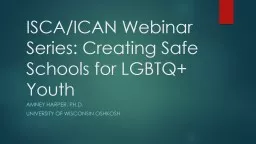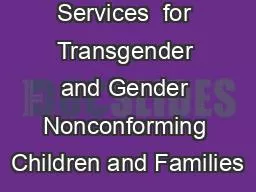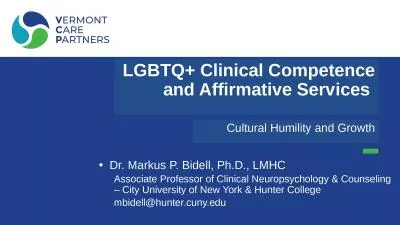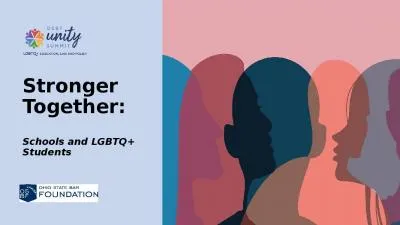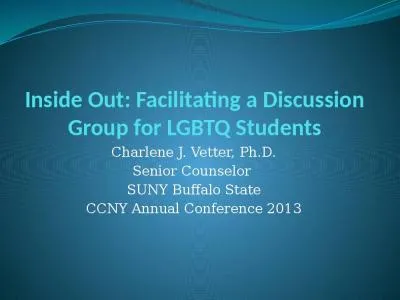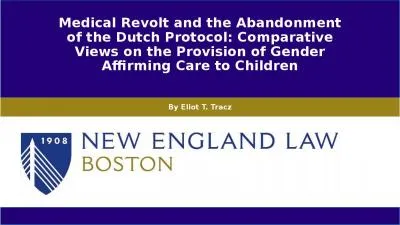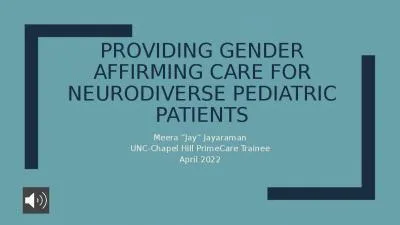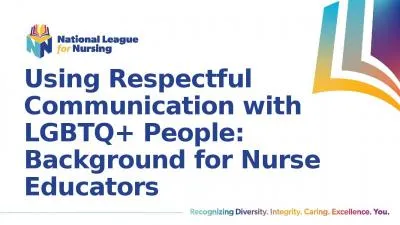PPT-Developing an LGBTQ-Affirming Facility at Green Hill
Author : lois-ondreau | Published Date : 2020-04-05
October 8 2018 David Rosen DBH LCSW Clinical Director 201 9634779 x 119 drosenhudsonprideorg wwwhudsonprideorg LGBT Community in Context 35 of US population
Presentation Embed Code
Download Presentation
Download Presentation The PPT/PDF document " Developing an LGBTQ-Affirming F..." is the property of its rightful owner. Permission is granted to download and print the materials on this website for personal, non-commercial use only, and to display it on your personal computer provided you do not modify the materials and that you retain all copyright notices contained in the materials. By downloading content from our website, you accept the terms of this agreement.
Developing an LGBTQ-Affirming Facility at Green Hill: Transcript
Download Rules Of Document
" Developing an LGBTQ-Affirming Facility at Green Hill"The content belongs to its owner. You may download and print it for personal use, without modification, and keep all copyright notices. By downloading, you agree to these terms.
Related Documents

